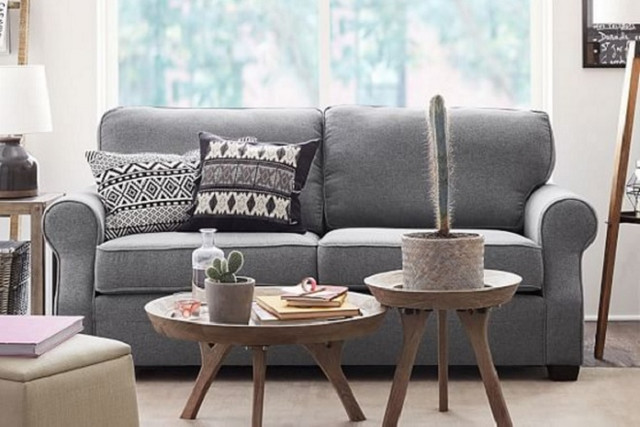What Happened
Pottery Barn joins a growing list of lifestyle and home goods brands that are experimenting with mobile-based augmented reality technology to create a better shopping experience. The company is set to launch a 3D Room View app, which will allow users to add and move holographic models of furniture items in your room. They can also change the color of certain items to see what fits their room decor best before they purchase.
The app is built upon Google’s Tango AR platform. Pottery Barn says the preview service will start with a trial program in San Francisco, although the app will be available for all to download later this month.The company also has two other AR-powered web-based virtual preview tools in the works.
What Brands Need To Do
Many of Pottery Barn’s competitors, such as IKEA, Lowe’s, and Wayfair, have launched their own AR-powered preview apps, so it makes sense for Pottery Barn to catch up. Choosing to build the app on Google’s Tango AR platform limits the mobile devices that it can run on, but it works as a starting point as the Tango-enabled tools are intended for in-store demonstration only. As more and more furniture sellers embrace AR technology to address one of the biggest concerns of online furniture shoppers – “how will this item look in my room?” – more opportunities that AR can enable for the online customer experience await for brands to explore.
If you’d like to get some help to figure out how augmented reality can enhance your customer experience and drive new opportunities for your brand, or simply to try out the HoloLens demo we have to experience the transformative power of AR, please contact our Client Services Director Samantha Holland ([email protected]) to schedule a visit to the Lab.
Source: Engadget
Header image is a promotional image courtesy of Pottery Barn



